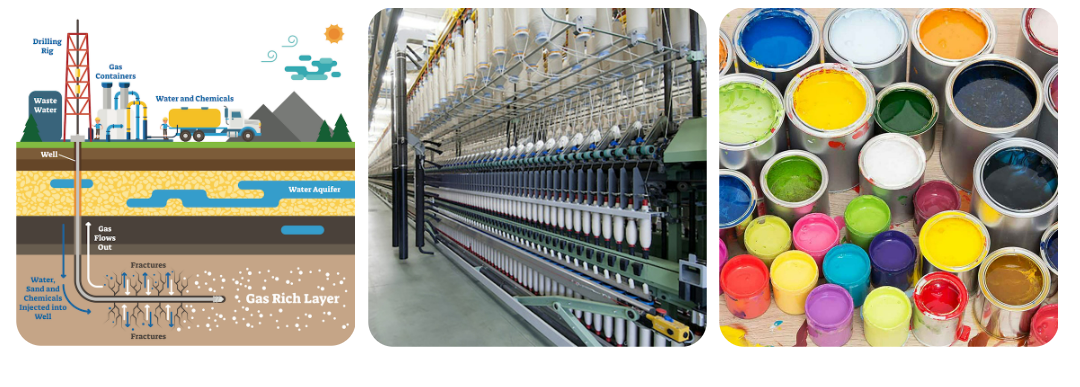
Aug . 11, 2024 15:38 Back to list
Exploring the Relationships Between HPMC Properties and Their Impact on Various Applications and Formulations
Understanding HPMC Properties and Their Applications
Hydroxypropyl Methylcellulose (HPMC) is a versatile polymer derived from cellulose, a naturally occurring polymer found in the cell walls of plants. HPMC is synthesized through the etherification process, where cellulose is treated with propylene oxide and methyl chloride, resulting in a compound with enhanced properties. This polymer has garnered significant attention across various industries due to its unique physicochemical properties, making it an essential ingredient in pharmaceuticals, food products, construction materials, and personal care items.
Understanding HPMC Properties and Their Applications
In the food industry, HPMC is utilized as a food additive, primarily for its texturizing and stabilizing properties. It is commonly found in gluten-free products, where it mimics the texture and binding qualities of gluten, helping to improve the consistency of doughs and batters. Additionally, HPMC can be used as a fat replacer in low-calorie formulations, as it provides a creamy mouthfeel without adding significant calories. Its emulsifying capabilities allow for better dispersion of ingredients, which is crucial in products like sauces and dressings.
hpmc properties

HPMC also exhibits exceptional film-forming properties. This characteristic is exploited in the personal care industry, where it is used in various formulations, including shampoos, conditioners, and skin care products. By forming a thin film on the skin or hair, HPMC provides a protective barrier, enhances moisture retention, and improves the overall sensory experience of the product. Furthermore, its solubility in cold water makes it user-friendly in many cosmetic formulations.
Another significant application of HPMC is in the construction industry, where it is utilized as an additive in cement and mortar formulations. Its water-retention properties are crucial for improving the workability and adhesion of construction materials, ensuring that the mixture remains workable for extended periods. This is particularly beneficial in hot weather conditions, where rapid evaporation can lead to premature setting of cement. Additionally, HPMC helps to improve the mechanical strength of the final product, ensuring longevity and durability in constructed structures.
Notably, HPMC is known for its non-toxic and biodegradable attributes, making it an environmentally friendly option compared to other synthetic polymers. This characteristic aligns with the growing trend towards sustainability in product formulation across various industries. As consumers become more environmentally conscious, the demand for biodegradable and non-toxic materials continues to rise, positioning HPMC as a favorable choice for formulators.
In conclusion, the properties of Hydroxypropyl Methylcellulose (HPMC) offer a wide range of applications that address the needs of different industries. Its thickening, emulsifying, and film-forming capabilities make it a valuable component in pharmaceuticals, food products, personal care, and construction materials. With the continued trend towards sustainability, HPMC stands out as a safe and environmentally friendly option for manufacturers looking to innovate and meet consumer demands. As research and development in this area progress, the applications of HPMC are likely to expand, further cementing its role in various markets.
-
Versatile Hpmc Uses in Different Industries
NewsJun.19,2025
-
Redispersible Powder's Role in Enhancing Durability of Construction Products
NewsJun.19,2025
-
Hydroxyethyl Cellulose Applications Driving Green Industrial Processes
NewsJun.19,2025
-
Exploring Different Redispersible Polymer Powder
NewsJun.19,2025
-
Choosing the Right Mortar Bonding Agent
NewsJun.19,2025
-
Applications and Significance of China Hpmc in Modern Industries
NewsJun.19,2025







